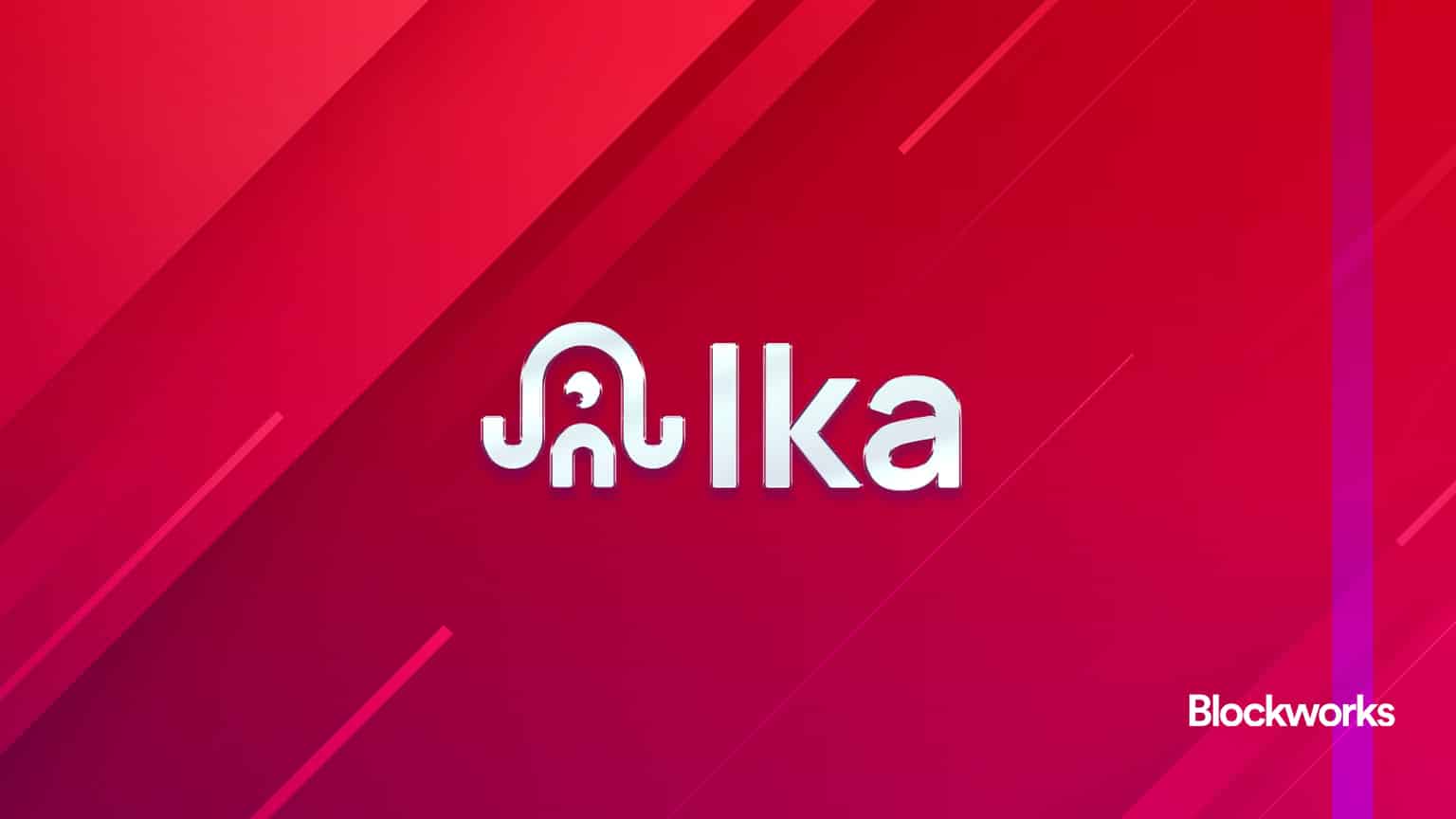
Artwork by Crystal Le
This is a segment from The Breakdown newsletter. To read full editions, subscribe.
“Since 1971, when the United States indefinitely suspended its promise to convert paper dollars into gold, we all use Massachusetts currency.”
— Dror Goldberg
The American colonies won their independence from Great Britain with a weapon of their own invention: fiat currency.
In 1690, the Massachusetts Bay Colony had made monetary history when it issued 7,000 GBP in “bills of credit” to soldiers returning from a failed raid into Quebec.
The disgruntled soldiers had expected to be “paid” in plunder, and when that failed to materialize, the colony gave them newly printed paper money instead — paper that was valuable only because it was required for paying taxes.
It wasn’t the first paper currency ever — that honor belongs to the Song Dynasty, which issued paper money in China roughly 700 years earlier.
But those ancient notes were initially redeemable for copper coins.
The Massachusetts bills of credit, by contrast, were the first paper money in history to hold value solely because the issuing government required them for tax payments.
It was a neat trick: Print paper money and then force people to earn it (by soldiering, for example) because they needed it to pay their taxes.
The Massachusetts money was “an invention on a global scale and a great intellectual breakthrough,” as Dror Goldberg documents in Easy Money: American Puritans and the Invention of Modern Currency.
“It was a fundamental change in the legal foundation of money, shifting the anchor of money for the first time in history from the intrinsically valuable goods it was made of to the circulation of money into and out of the state’s treasury.”
“Who needs gold when you have taxes?” Goldberg neatly sums up.
As simple as that idea was, however, governments were a bit slow to catch on.
The Massachusetts Bay Colony ended its first experiment in fiat money just two years later when it retired all of the bills it had issued (after collecting them for taxes).
Other American colonies followed their example, but also only in brief spurts — and there was only one such experiment outside of the colonies: a 1716 issuance of billets de banque that quickly plunged France into the financial crisis known as the Mississippi Bubble.
The world only recognized the power of tax-backed paper currency a few decades later, when the colonies collectively used it to win independence from their British overlords.
In 1775, the cash-strapped Continental Congress paid the rebel army it had raised by issuing paper currency backed only by the promise that the individual colonial governments would accept it for tax payments.
It didn’t go very well.
Despite the proof-of-concept in Massachusetts, people struggled with the idea of tax-backed money — so much so that the Continental Congress printed its dollars with an entirely fictional promise right on the front.
In large letters, each dollar declared that “THIS BILL entitles the Bearer to receive TWENTY Spanish MILLED Dollars or the value thereof in Gold or Silver.”
But the only thing the government ever intended to give in return for a continental dollar was a tax receipt.
Also, the Continental Congress printed far too many of them. By 1781, continental dollars had lost nearly all of their purchasing power.
But against all odds, it kept an army in the field. And in so doing, it proved that fiat currency, however unsound, could win wars — and even print a nation into existence.
“The noise of the rebels’ printing press was the stamp heard round the world,” as Dror Goldberg puts it.
After the war, however, even the victorious Americans recoiled at the thought that money could be backed by nothing more than the power to collect taxes.
“Paper is poverty,” Thomas Jefferson wrote just a decade after paper money had come to his rescue. “It is only the ghost of money, and not money itself.”
Nearly everyone agreed.
It wasn’t until 1971 — 281 years after the Massachusetts innovation — that the United States fully accepted the idea that money could be backed by nothing more than its power of taxation.
This might not end well.
The American government is currently exploring the outer boundaries of just how much tax-backed currency the world is willing to accept.
But if you celebrated the American Revolution today, you should consider celebrating the great American invention of fiat currency too.
Get the news in your inbox. Explore Blockworks newsletters:
- The Breakdown: Decoding crypto and the markets. Daily.
- 0xResearch: Alpha in your inbox. Think like an analyst.





